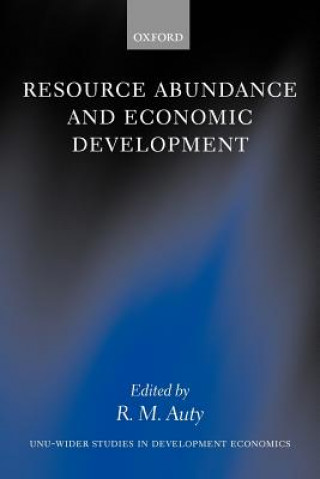
Kód: 04531353
Resource Abundance and Economic Development
Autor R. M. Auty
Since the 1960s the per capita incomes of the resource-poor countries have grown significantly faster than those of the resource-abundant countries. In fact, in recent years economic growth has been inversely proportional to the s ... celý popis
- Jazyk:
 Angličtina
Angličtina - Väzba: Brožovaná
- Počet strán: 360
Nakladateľ: Oxford University Press, 2004
- Viac informácií o knihe

Mohlo by sa vám tiež páčiť
-
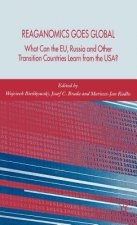
Reaganomics Goes Global
138.31 € -

Football Hooligans
65.65 € -

Stars in the Deepest Night
11.66 € -4 % -

GEORGE STACEY GIBSON
23.33 € -

Psalms and Hebrews
273.49 € -

Wasted In Love
16.73 € -
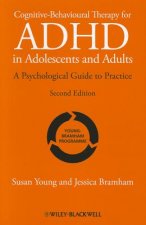
Cognitive-Behavioural Therapy for ADHD in Adoloscents and Adults - A Psychological Guide to Practice 2e
75.90 €
Darčekový poukaz: Radosť zaručená
- Darujte poukaz v ľubovoľnej hodnote, a my sa postaráme o zvyšok.
- Poukaz sa vzťahuje na všetky produkty v našej ponuke.
- Elektronický poukaz si vytlačíte z e-mailu a môžete ho ihneď darovať.
- Platnosť poukazu je 12 mesiacov od dátumu vystavenia.
Viac informácií o knihe Resource Abundance and Economic Development
Nákupom získate 412 bodov
 Anotácia knihy
Anotácia knihy
Since the 1960s the per capita incomes of the resource-poor countries have grown significantly faster than those of the resource-abundant countries. In fact, in recent years economic growth has been inversely proportional to the share of natural resource rents in GDP, so that the small mineral-driven economies have performed least well and the oil-driven economies worst of all. Yet the mineral-driven resource-rich economies have high growth potential because the mineral exports boost their capacity to invest and to import. "Resource Abundance and Economic Development" explains the disappointing performance of resource-abundant countries by extending the growth accounting framework to include natural and social capital. The resulting synthesis identifies two contrasting development trajectories: the competitive industrialization of the resource-poor countries and the staple trap of many resource-abundant countries. The resource-poor countries are less prone to policy failure than the resource-abundant countries because social pressures force the political state to align its interests with the majority poor and follow relatively prudent policies. Resource-abundant countries are more likely to engender political states in which vested interests vie to capture resource surpluses (rents) at the expense of policy coherence. A longer dependence on primary product exports also delays industrialization, heightens income inequality, and retards skill accumulation. Fears of 'Dutch disease' encourage efforts to force industrialization through trade policy to protect infant industry. The resulting slow-maturing manufacturing sector demands transfers from the primary sector that outstrip the natural resource rents and sap the competitiveness of the economy. The chapters in this collection draw upon historical analysis and models to show that a growth collapse is not the inevitable outcome of resource abundance and that policy counts. Malaysia, a rare example of successful resource-abundant development, is contrasted with Ghana, Bolivia, Saudi Arabia, Mexico, and Argentina, which all experienced a growth collapse. The book also explores policies for reviving collapsed economies with reference to Costa Rica, South Africa, Russia and Central Asia. It demonstrates the importance of initial conditions to successful economic reform.
 Parametre knihy
Parametre knihy
Zaradenie knihy Knihy po anglicky Earth sciences, geography, environment, planning Geography Human geography
165.41 €
- Celý názov: Resource Abundance and Economic Development
- Autor: R. M. Auty
- Jazyk:
 Angličtina
Angličtina - Väzba: Brožovaná
- Počet strán: 360
- EAN: 9780199275786
- ISBN: 0199275785
- ID: 04531353
- Nakladateľ: Oxford University Press
- Hmotnosť: 549 g
- Rozmery: 235 × 156 × 21 mm
- Dátum vydania: 07. October 2004
Obľúbené z iného súdka
-
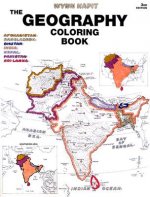
Geography Coloring Book
20.29 € -18 % -

Worth Dying for
11.66 € -19 % -
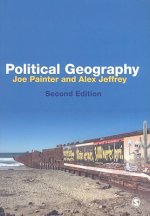
Political Geography
45.56 € -9 % -

AQA Geography A Level & AS Human Geography Student Book - Updated 2020
47.08 € -
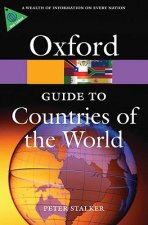
Guide to Countries of the World
14.30 € -23 % -
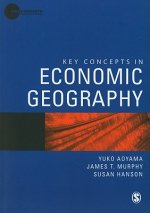
Key Concepts in Economic Geography
41.60 € -
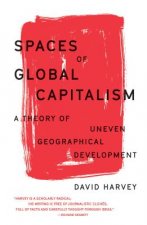
Spaces of Global Capitalism
14.71 € -14 % -
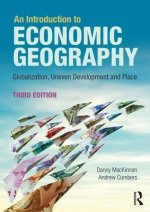
Introduction to Economic Geography
77.22 € -

Global Shift
98.33 € -

Analysis of Rachel Carson's Silent Spring
11.05 € -

Everything You Know About Planet Earth is Wrong
11.46 € -19 % -

Artivism
29.01 € -18 % -

Thinking Big Data in Geography
34.60 € -

Local and Regional Development
102.49 € -

Ottomans and Eastern Europe
205.49 € -
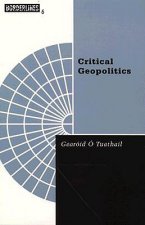
Critical Geopolitics
29.42 € -9 % -

Rare Earth Frontiers
37.64 € -4 % -
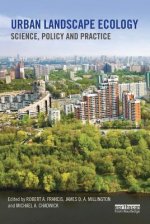
Urban Landscape Ecology
61.89 € -
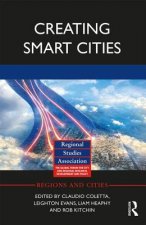
Creating Smart Cities
67.27 € -

Swamplife
36.52 € -

Analysis of James E. Lovelock's Gaia
9.12 € -4 % -
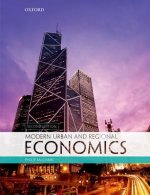
Modern Urban and Regional Economics
93.66 € -

Blank Spots on the Map
21.81 € -12 % -
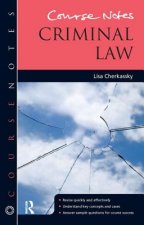
Course Notes: Criminal Law
56.01 € -
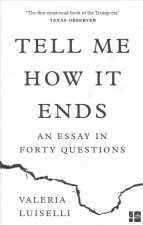
Tell Me How it Ends
11.05 € -23 % -
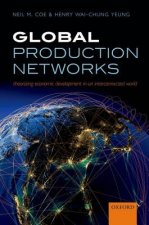
Global Production Networks
62 € -

Elite Women and the Agricultural Landscape, 1700-1830
60.47 € -
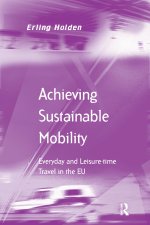
Achieving Sustainable Mobility
71.13 € -

Urban Resilience
68.59 € -
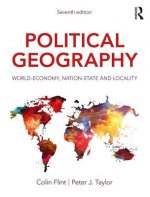
Political Geography
83.41 € -

Assemblage Theory and Method
30.54 € -

Offshoring
24.65 € -

Environmental Security
81.08 € -

Stadtgeographie
42.51 € -

Bosnia and the Destruction of Cultural Heritage
207.73 € -

Foundation Papers in Landscape Ecology
81.89 € -
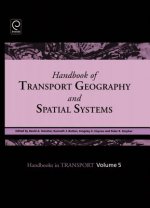
Handbook of Transport Geography and Spatial Systems
424.09 € -
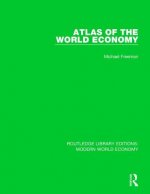
Atlas of the World Economy
55.81 € -
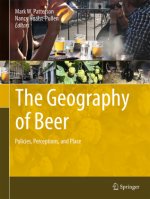
The Geography of Beer
168.45 € -
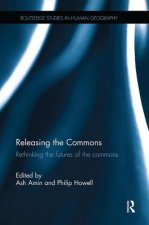
Releasing the Commons
82.39 € -

Design in the Borderlands
99.95 € -

Image and Environment
70.93 € -

Venezuela
17.34 € -4 % -
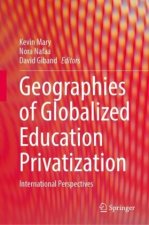
Geographies of Globalized Education Privatization
175.56 € -
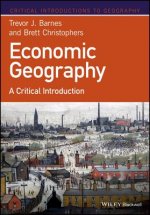
Economic Geography - A Critical Introduction
65.75 € -
![System[theoretical]ic Urban Development System[theoretical]ic Urban Development](https://media.libris.to/jacket/43672921t.jpg)
System[theoretical]ic Urban Development
125.93 € -

People and Place
63.52 € -
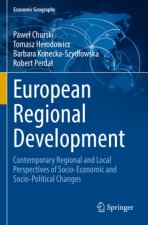
European Regional Development
156.48 € -

Global Shift, Seventh Edition
99.95 €
Osobný odber Bratislava a 2642 dalších
Copyright ©2008-24 najlacnejsie-knihy.sk Všetky práva vyhradenéSúkromieCookies



 21 miliónov titulov
21 miliónov titulov Vrátenie do mesiaca
Vrátenie do mesiaca 02/210 210 99 (8-15.30h)
02/210 210 99 (8-15.30h)